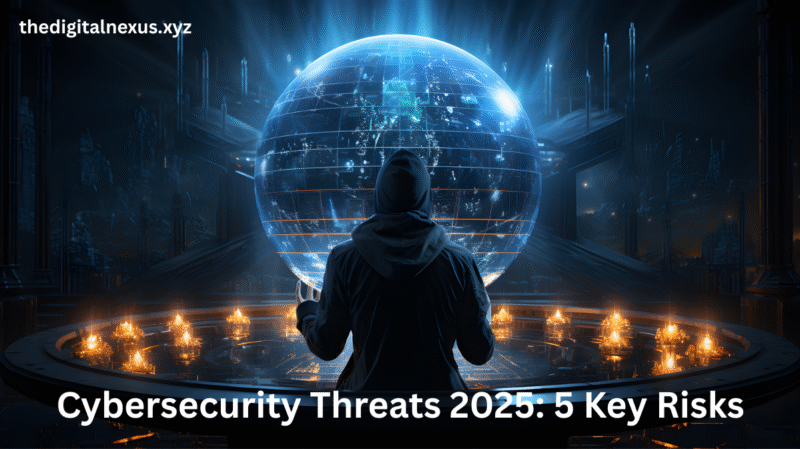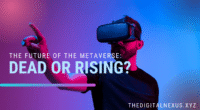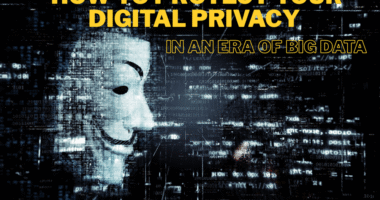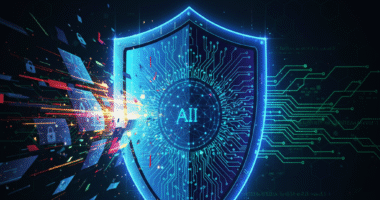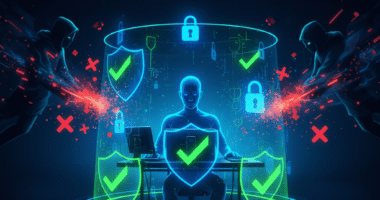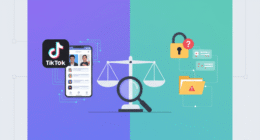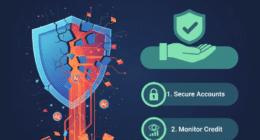The digital world is always changing. As a result, cybercriminals are also evolving their methods at a rapid pace. What seemed like science fiction a few years ago is now a real danger. For business owners and IT professionals, staying ahead of these changes is essential for survival. This guide will break down the top five cybersecurity threats 2025 will bring. More importantly, it provides clear steps to help you prepare your defenses.
Threat 1: AI-Powered Phishing and Social Engineering
We can often spot traditional phishing attacks. They usually have grammar mistakes or generic greetings. However, AI is changing the game. Malicious actors now use AI to create very personal and convincing fake messages. These attacks can perfectly mimic the writing style of a trusted colleague or CEO. This makes them incredibly hard to detect. The era of mass, easily spotted spam is ending. Instead, we now face targeted, AI-driven deception on a massive scale.
Threat 2: Quantum Computing’s Risk to Encryption
Quantum computing promises to solve some of the world’s most complex problems. Unfortunately, it also poses one of the biggest cybersecurity threats 2025 and beyond. It has the power to break modern encryption. The algorithms that protect our data today could become useless. Attackers are already using a “harvest now, decrypt later” strategy. They steal encrypted data today. Then, they plan to unlock it once quantum computers are powerful enough. Therefore, organizations must start planning their move to post-quantum cryptography. Institutions like the National Institute of Standards and Technology (NIST) advise this.
Threat 3: Evolving Attacks on IoT and Smart Infrastructure
The Internet of Things (IoT) connects everything from our smart homes to city infrastructure. This offers great benefits, but it also creates many new vulnerabilities. Many IoT devices have poor security, making them easy targets. Looking ahead, the cybersecurity threats 2025 will involve large-scale attacks. These attacks will disrupt businesses and even entire smart cities. Imagine hackers shutting down traffic grids or hacking medical devices. Securing these networks is a massive challenge. It requires a new way to think about security.
Threat 4: Deepfake-Driven Disinformation and Fraud
Deepfakes are realistic fake videos and audio made by AI. They are becoming a powerful tool for cybercriminals. In business, criminals could use a deepfake video of a CEO to authorize fake wire transfers. This would trick employees into sending them money. Beyond fraud, people can use deepfakes to spread disinformation or damage a brand’s reputation. This technology is becoming more accessible. As it does, it erodes our trust in what we see and hear. This makes it a serious societal and cybersecurity threat. You can learn more about these risks in our guide to AI’s societal impact.
Threat 5: Advanced Supply Chain Compromises
Why attack one secure company when you can attack a less secure software supplier? This can infect thousands of their customers at once. This is the logic behind supply chain attacks. These are among the most dangerous cybersecurity threats 2025 will present. Hackers inject bad code into real software updates. When companies install the update, they unknowingly install the malware. Organizations like the Cybersecurity and Infrastructure Security Agency (CISA) warn about this. Securing the software supply chain is now a critical priority for all businesses.
How to Prepare for Future Cybersecurity Threats
Facing these threats requires a proactive defense strategy. First, adopt a “Zero Trust” security model. This means you never automatically trust any user or device. Second, invest in continuous employee training. This will help them spot sophisticated phishing and deepfake attempts. Finally, develop a strong incident response plan. You must prepare to act quickly when a breach occurs.

Conclusion: A Call for Proactive Vigilance
In conclusion, the cybersecurity landscape of 2025 will be more complex than ever. The threats we face are smarter, faster, and more widespread. However, we can build a more resilient digital future. We must understand these future risks and prepare for them today. Staying informed and being proactive is no longer just a best practice. It is the only way forward.
Strengthen Your Defenses for 2025
Are you prepared for the next wave of cyber threats? Download our free Cybersecurity Checklist for 2025 to assess your organization’s readiness and identify critical gaps.
